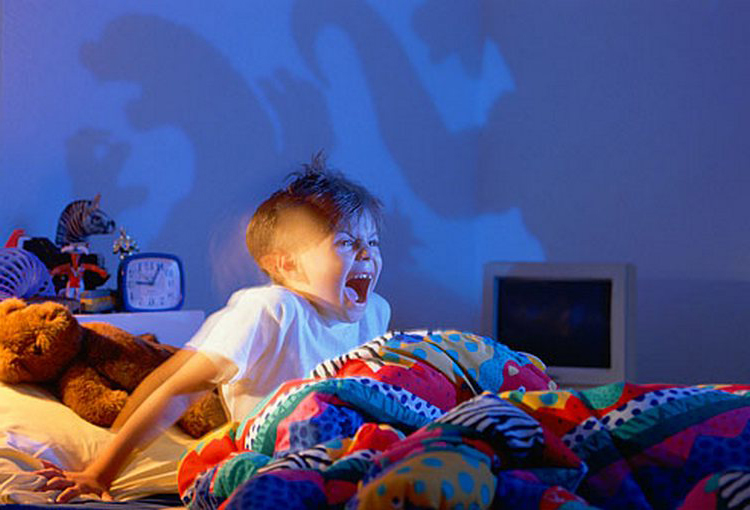

This common point is that it is shaped according to the individual’s own life and contains clues about the relationships, mood, and psychology of the individual.ĭreaming, and especially the meaningful content of dreams is related to mental functioning. According to the cognitive approach, they are defined as the settlement process of the system by actively working the cognitions of the individual. Dreams, they believe, have no meaning or characteristics.Īccording to the behavioral approach, dreams are a process in which copies of reflex patterns that occur during the day are created, memorized, and reinforced. Some researchers argue that dreams are completely meaningless, independent, and disconnected thoughts and images. It is argued that the function of dreams is to compensate for parts of the conscious mind that are underdeveloped.ĭreams are evaluated differently according to different psychological approaches. In addition, they sometimes direct the daily life of individuals or indirectly affect themĭreams are important things that reflect the depths and secrets of human life beyond the information and dream analysis psychology that we have today. The psychology behind dreams reflects the inner world of human beings with certain symbols and unique expressions. The dream is a psychological phenomenon that has been always present in human life. The relationship between psychology and dreamsĭreams are so compelling, and they often appear so strange and bizarre.

Although the studies that aim at explaining dreams have followed a path from speculation to explanations that are tried to be based on a scientific basis, it is still a phenomenon that continues to preserve its mystery despite the variety of scientific explanations. As it is known humans are fascinated by dreams and codes, they have been at the focus of many fields of expertise such as psychology.
#Does dreaming mean deep sleep code
The code of dreams has been considered a mysterious phenomenon for centuries.

If the individual is awakened during REM, he or she can remember the dream exactly. This period in which the eyeballs move rapidly is called REM (Rapid Eye Movement). It can be easily seen that the eyeballs move under the closed eyelids during the dream. You can tell if a person is dreaming by looking at their eye movements. The psychology of dreams is an interesting topic. Thus, every person dreams approximately 3-4 times a night. People experience dreaming periods that last for 15-20 minutes every 2 hours during their 8-hour sleep.
#Does dreaming mean deep sleep full
Dreams contain messages full of codes from layers of the unconscious mind. Dreams are defined as physiological cycles in which unconscious wishes and desires have risen to the surface.


 0 kommentar(er)
0 kommentar(er)
